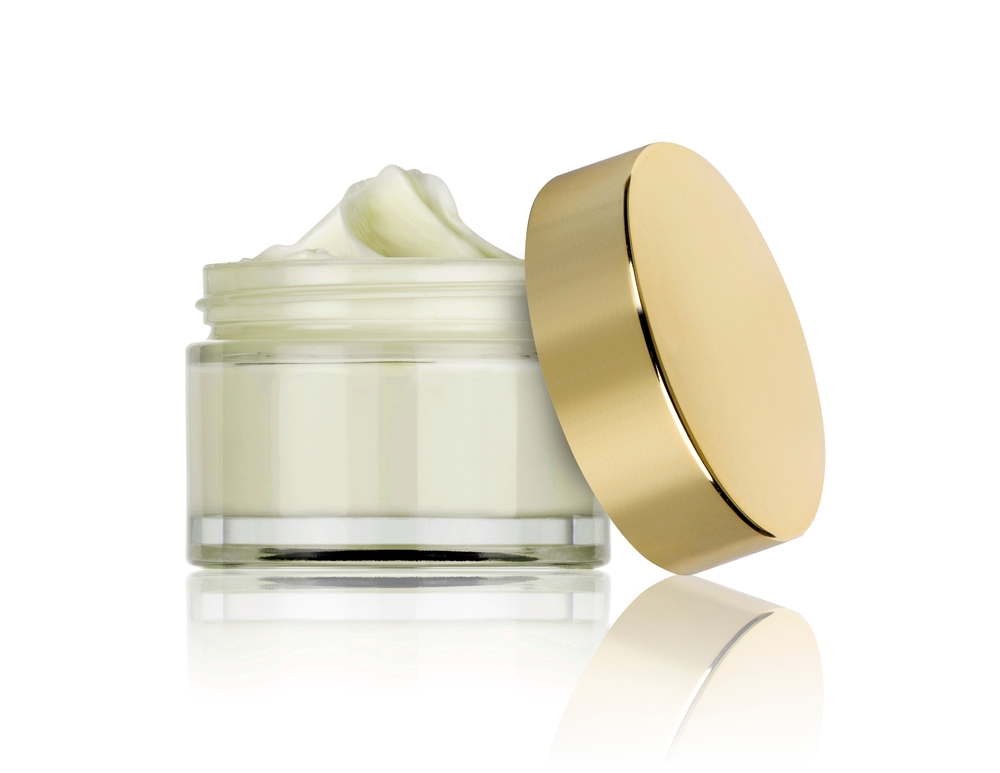S2K Commerce - Products Dropdown
Web Content Viewer
Glass Colors for Light-Sensitive Products

There are certain cases where color choice will be very important for any product that goes in a glass bottle, and one of the most common is when the product in question is sensitive to light in some way. Certain glass colors tend to be most effective for such products, and knowing how this works is necessary if your products fall into this category.
At Industrial Container and Supply Company, we offer a massive selection of plastic and glass bottles, featuring any color and type you're in need of. Here are some basics on light-sensitive products and some of their most well-known examples, plus why glass color matters for them and what some of the ideal colors are for these kinds of needs.
Understanding Light-Sensitive Products
Before we explain why different glass colors matter for light-sensitive products, it’s important to understand what these kinds of products actually are. Light-sensitive products refer to those that degrade or otherwise suffer damage when they’re exposed to certain wavelengths of light. This includes ultraviolet (UV) radiation, which is typically the most dangerous range and can cause the most damage.
Examples of light-sensitive products include foods, beverages, pharmaceuticals, and some industrial chemicals. All of these have different needs when it comes to protecting against light exposure, but they all usually require special attention in terms of color choice for packaging material like glass bottles.
Certain particular examples that our clients often manufacture and are looking to protect include:
- Various beverages: Many beverages, particularly those with artificial colors or flavoring, may be sensitive to light. This includes alcoholic beverages, juices, and soft drinks.
- Organic food products: Many organic foods can also become damaged by light exposure, and so must be packaged in materials that offer adequate protection from UV radiation.
- Pharmaceuticals: Pharmaceuticals are among the most delicate of all light-sensitive products; they must be packaged in a way that maximizes their protection from light.
- Industrial chemicals: Many industrial chemicals, particularly those with organic components, are also sensitive to light and require special materials for packaging and storage.
Why Glass Color Matters
Now that we’ve discussed what these products are and some notable examples, let’s look into why glass color matters. Essentially, the color of your packaging material can make a big difference when it comes to the kinds of light that are able to pass through the surface. Red glass only permits red light, blue glass only permits blue light, and so on - and this can have an enormous impact on the degree of protection your product receives.
In food and beverage products, for instance, the goal is often to avoid absorption of UV and other forms of light that can cause damage. The right glass color can go a long way in achieving this goal, because it helps prevent light absorption and reflects most of the UV radiation away from the product.
Common Glass Colors for Light-Sensitive Products
Some of the best and most well-used bottle colors for light-sensitive products include:
- Amber: This is one of the most common colors used for light-sensitive products, as it reflects 99% of UV radiation and offers excellent protection. It also blocks blue light, which can be beneficial in certain cases.
- Green: This is another popular color that helps to block UV radiation, while also providing an attractive aesthetic. However, green does not absorb as much light as cobalt and amber, so it's mainly used for lower levels of light sensitivity.
- Cobalt: This is one of the darkest colors available and is often used for more serious light-sensitive products, as it can block up to 95% of UV radiation. However, it cannot filter blue light, unlike amber, meaning it should not be used for products that are sensitive to blue light.
As you may have guessed, amber is the most common color for especially light-sensitive products. There's a reason why the vast majority of beer bottles, for instance, are amber-colored: because the light-blocking properties of this material makes it perfect for protecting a light-sensitive product like beer.
Ultimately, knowing which glass color to choose for your particular product boils down to understanding its levels of sensitivity and what kind of protection it needs from certain wavelengths of light. With that knowledge in hand, you can make a well-informed decision on the bottle color that will best suit your specific product.
At Industrial Container and Supply Company, we have the expertise and resources to help you choose the right glass color for any light-sensitive product. With our in-depth knowledge of packaging materials and their properties, we can ensure that your products are adequately protected from light exposure, so they arrive at their destination in excellent condition. Contact us today to learn more about our services!
